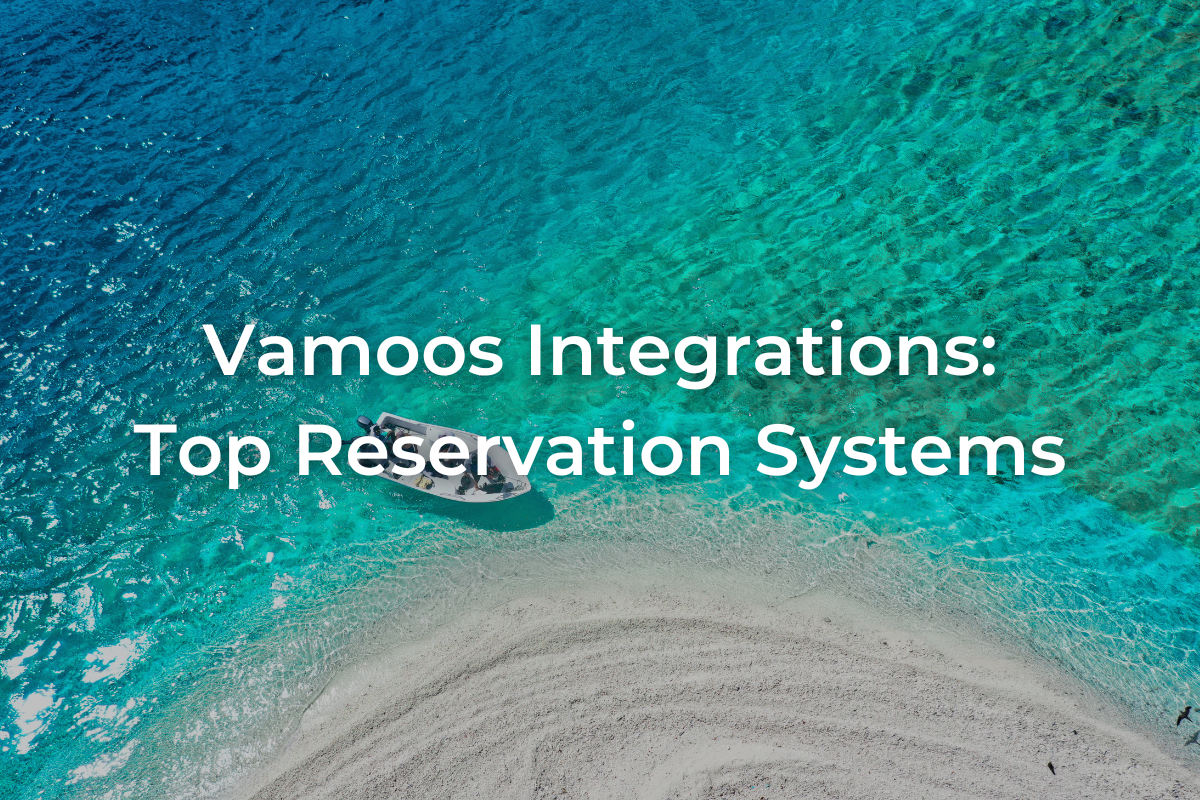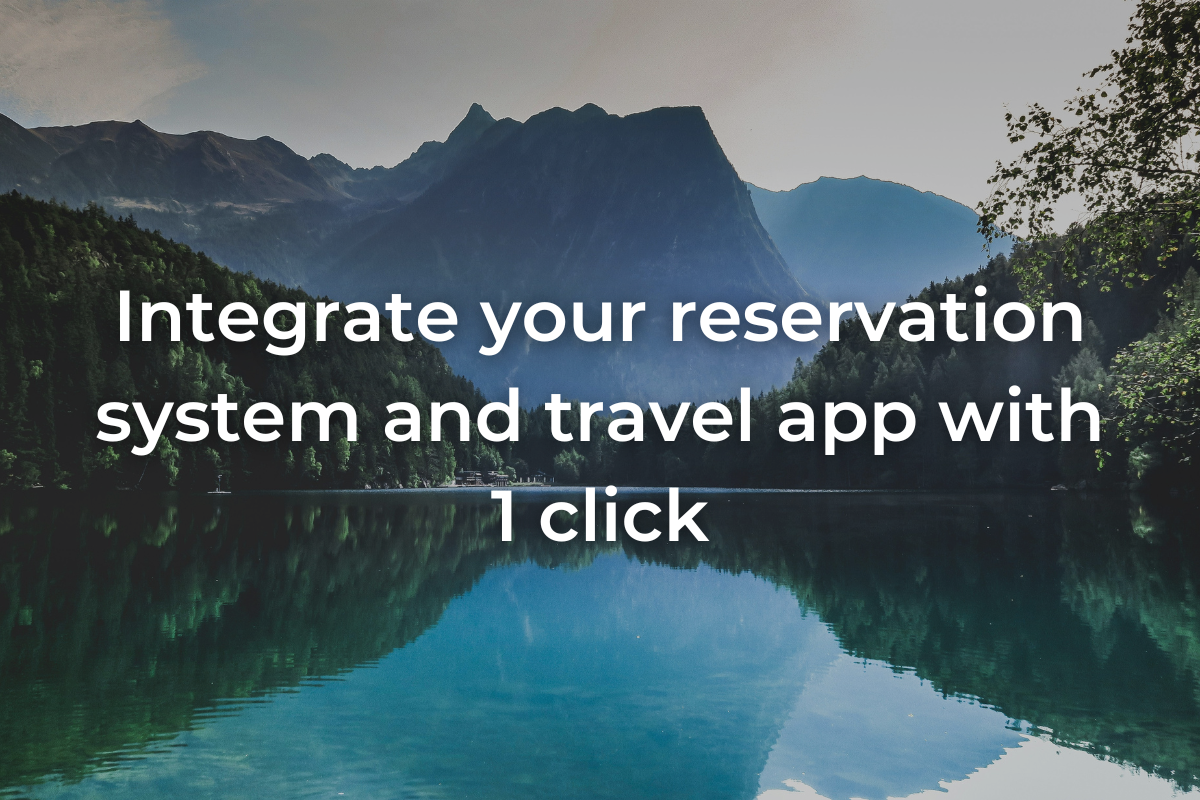We’d all love to spend as little time and money as possible working on menial tasks which provide little return, allowing us to focus more on the projects that will grow our business. Research has shown that on average, UK businesses lose 2 hours of their employee’s working time each working day*. That amounts to 11.4 hours per week, costing employers £11,225 per employee each year! And the reason for this? Inefficient processes and unnecessary activities.
We live in a digital age where so much can be automated and technology can improve nearly every process, so why do some companies still operate inefficiently?
We have identified 3 main problems within the travel industry that are causing businesses to lose time, money, and energy. Read on to find out what they are and ways to overcome each one.
1) Client documents
A huge number of tour operators are still printing, packaging, and sending documents to their clients through the post after a trip has been booked. This not only creates work for employees, but actually doesn’t provide the best end user experience either.
Picture this – Your client books a holiday. Great news! You send them an email with 20+ attachments, including boarding passes, restaurant bookings, hotel confirmation, activity passes etc.
You also spend a lot of your day printing and organising these documents to post to your client. The cost of postage continues to rise, and the delay at the post office means you have your clients calling up to find out where their folders are. Once received, they may misplace it or want multiple copies for the other group members, so they either print it themselves or ask you to send over an additional pack.
When your client is on holiday, they leave the printed documents in the hotel room, and don’t have 3G to access the countless number of attachments in the email you sent them, which they spent 10 minutes trying to find on their phone. Luckily, the restaurant has a record of the booking, but all the time, money and energy you spent getting this together has gone completely to waste.
Thankfully, there is an easier way!
Using an app like Vamoos to support your clients means all you would need to do in this situation is upload all documentation to the app, and email your client a user ID and passcode. Your clients will have access to this information offline, and know exactly where to find it.
It’s clear as day to see that a digital solution for these very old school processes will make your workforce much more productive, as well as providing a far better customer experience. Not only would a digital process save you time and money, but it is far more sustainable and environmentally friendly!
2) Systems and tools
The same report referenced above found that 1 of the top 4 productivity killers in the workplace is poor systems and processes. This includes systems or tools that are outdated, not synced or not connected across multiple teams when they need to be.
Say your company has 1 system for building itineraries, 1 system for creating quotes, and 1 manual system for printing and sending documents. It’s easy to see how a lot of time can be wasted – time which should be spent on hitting sales targets.
Digital solutions understand the need for a single system to perform at each stage of the sales cycle.
First and foremost, the employee training time for one system would be dramatically less than it would be for multiple systems. Similarly, the end user will be used to the look, feel, and functionality of documents produced from a single system, meaning they spend less time figuring it all out.
A system that produces multiple outputs will also benefit from being continuously built upon. Say a member of your team has already created an itinerary for a weekend trip to Paris. If your client is thinking about a similar trip, you can utilise the information already in the system to push that sale in little to no time at all. If you do have multiple back end systems which you plan to continue using, an absolute must is to use an API to have all systems in a centralised place and speaking to each other. This eliminates the need for manual processes or repeated work.
Vamoos has one back end system, which is used for building itineraries, quotes, bespoke client websites, apps, and encouraging repeat business. We’ve got you completely covered from end to end, but we do also offer an API integration if needed. Staff are able to use the back end system simultaneously, and can use elements of other itineraries that have been built by colleagues – the perfect time saver.
time and money in their back end processes in the last 3 years.
3) Updating clients
Changes in trip itineraries happen. It’s inevitable, but unfortunately it is also very time consuming.
Say a client of yours has booked a two week safari trip in Tanzania. You have gone through the usual process of emailing all trip documentation to your client, but you accidentally send the wrong hotel booking. It’s probably not that much of a big deal, but it’s not great to have to send a second email with the correct attachment. For the end user, they now have documents across multiple emails which isn’t a great customer experience.
Say they decide to book that additional day tour you recommended – they then have a third email with another confirmation document. While that might be out of sight out of mind for you, your client will either have to print these new documents themselves, or trawl through emails whilst on their holiday to find which contains the right information.
Having an app, hosted on a secure cloud, means being able to add, edit, and remove any information is easily done at any time, from anywhere. It takes a matter of seconds to upload a new document, or add an additional activity to the itinerary without causing the end user any hassle at all. If you need to update them on any changes, simply send a push notification straight through to their phone to let them know. Once again, a seamless and simple end user experience.
Hopefully the above examples have given you some insight into how you can improve your internal processes, which will enable you to operate more efficiently and effectively. Vamoos has helped hundreds of companies save time, money, and energy in the past, and could do the same for you too. Don’t just take our word for it, sign up for a free trial below and see for yourself how we can help!
*https://www.dpgplc.co.uk/2016/03/time-management-employees/
Featured Articles

Why Vamoos is the perfect Umapped alternative
June 10, 2025 by adminUmapped have announced that on October 8th 2025, they will officially close their doors. If you’re a tour operator or travel company now looking for an alternative, there’s no need to worry. The Vamoos Travel App is the perfect replacement -and switching over is much simpler than you might think.

Vamoos Integrations: Top Reservation Systems
May 20, 2025 by admin
Integrate your reservation system and travel app with 1 click
May 15, 2025 by adminAre you juggling disconnected systems, copying and pasting trip details, or updating multiple platforms just to get one itinerary out? It’s error-prone, expensive and a huge investment of time. But it doesn’t have to be this way… Introducing the latest 1-click integration between the Vamoos Travel App and Spark Travel CRM & Reservation System, which is changing the game for travel companies.
Share: